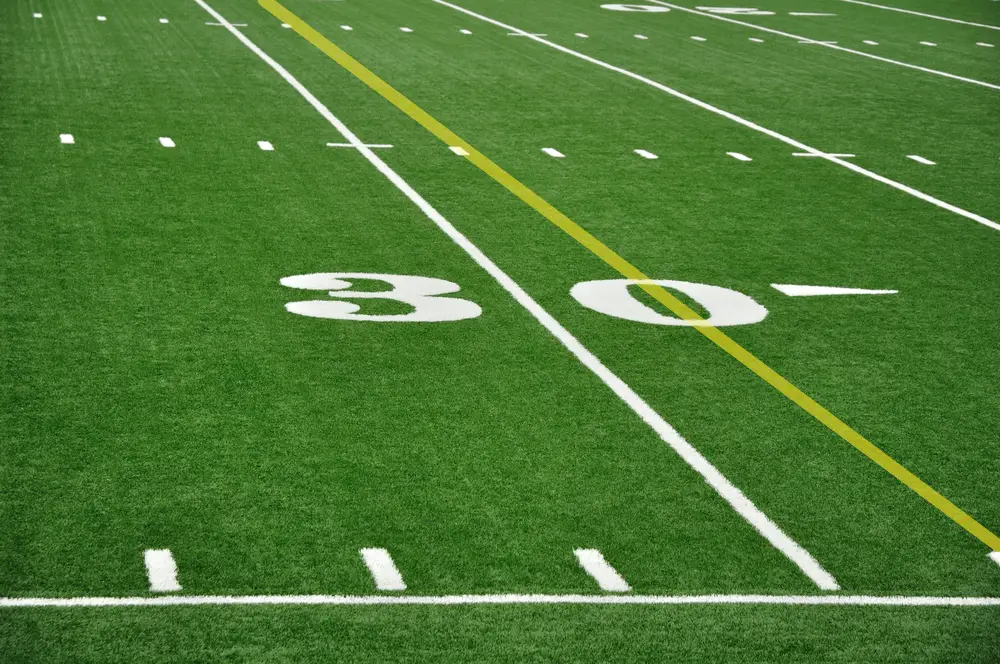ESPN won an Emmy for the simulated yellow line that represents a first down in football games, the same one that is common in every game today. But the simulated yellow line was harder to come by than one would think.
Stan Honey was the brain behind the yellow line, but it took him time to get there. He first started a digital mapping company called Etak, which News Corporation purchased in 1989. News Corporation also owned Fox Broadcasting Corporation. During his time with News Corporation, Honey gained experience with onscreen graphics for live sporting events as the company’s executive vice president for technology. One of his first onscreen graphic successes was the FoxBox for Major League Baseball, which showed scores and a base diagram onscreen the entire time. He was also with Fox for the debut of the FoxTrax, a glowing hockey puck used in NHL broadcasts from 1996 to 1998.
Honey left News Corporation in 1998 and co-founded Sportvision, a broadcast graphics company, and began to formulate how to mark a first down line on live football broadcasts. No one had been able to come up with a way to insert a yellow line indicating a first down during a live-action broadcast as if it were part of the field, even though the idea for it had been proposed.
Sportvision pitched their idea to the major networks, but they all wanted to think about it. ESPN had a different take on the idea and wanted to be the first network to introduce the new technology. The NFL approved the yellow line, which later became known as the 1st & Ten Line, but they had a few stipulations. The line would have to be thick enough for the viewer to see it, but it couldn’t be the exact spot of the first down. The line also had to fade out when the referee put the ball down on the spot of the ball so as not to cause controversy with where the referee placed it. The last NFL demand was that the line couldn’t be shown in replays.
While the idea and terms had been set out, the actual technology to make it happen hadn’t been completed. The Sportvision team had four months to work it out. They made a 3D model of the field and had to find the right color palette so the line would look like it was painted on the field over the green grass or turf. Their team would travel to a stadium three days before a game and map the field, which they would then load into their computers. Each camera perspective had to be detected, and they took samples of the grass to match the color palette. Before the start of the 1998 season, all of this technology was secret, and the team at Sportvision found and corrected any bugs during preseason games.
The first game where everyone felt it was ready took place between the Baltimore Ravens and Cincinnati Bengals on September 27, 1998. The 1st & Ten Line became a hit, and Sportvision was later awarded an Emmy for the technology. Sportvision shared the Emmy award with ESPN, and the technology began to be used in every NFL and college game. The NFL even eventually got rid of the requirement that the line had to fade when the referee spotted the ball since the line had become so accurate for where the actual first down marker was.
Sources: Sports Illustrated, Sports Video Group


